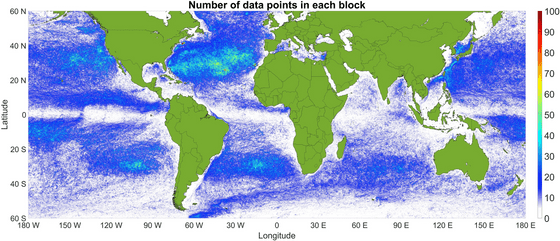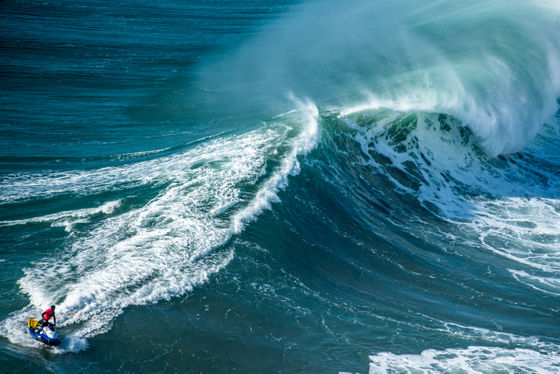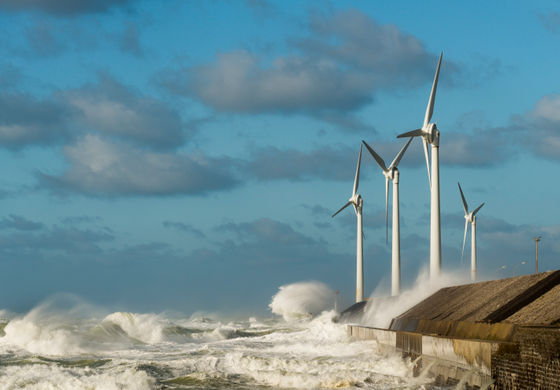Where is the best place to harness the energy of ocean currents?

As efforts to reduce greenhouse gas emissions are underway around the world, there is a demand for the development of clean power generation methods that are different from traditional power generation methods that use fossil fuels. One such candidate is a power generation method called 'ocean current power generation,' which converts the kinetic energy of ocean currents into electrical energy. Research has revealed the most efficient locations for this method.
Drifter-based global ocean current energy resource assessment - ScienceDirect
Global study identifies top sites for ocean current energy
https://techxplore.com/news/2025-03-ocean-energy-production-worldwide-revealed.html
Mahsan Sadghipour of Florida Atlantic University and his colleagues began by saying, 'The oceans, which cover more than 70 percent of the Earth's surface, offer great potential for large-scale renewable energy use, both kinetic and potential energy. In theory, ocean energy could produce up to 151,300 TWh of electricity per year, but it is still in the early stages of development compared to wind and solar power. To make effective use of this energy, it is essential to thoroughly assess and map ocean energy resources.' They then investigated 'places with the most ocean energy abundance,' using data collected by the National Oceanic and Atmospheric Administration over more than 30 years.
Sadhgipour and his colleagues focused on generating electricity using the kinetic energy of ocean currents, measuring current speed and depth at multiple locations, and used a total of more than 43 million points of data collected between March 1988 and September 2021.
The results showed that the waters off the east coast of Florida and off the coast of South Africa consistently exhibited high power generation densities and were ideal for generating electricity from ocean currents.
Below is a heat map showing power density by region. The East Coast of the United States and South Africa show power densities of over 2500W per square meter, which is 2.5 times the energy density of high-density wind energy resources.

In addition, the area is relatively shallow, at about 300 meters, making it suitable for extracting energy using ocean current turbines. Although there are areas with fast currents in Japan and South America, these are both deeper and did not show the same power density at depths of 300 meters.

This survey also raised a new issue: data reliability. In North America and Japan, the calculations were highly reliable, and the energy potential predictions were confident. The results were in good agreement with previous studies using different measurement methods, confirming the high reliability of the knowledge gained in these regions. On the other hand, in South Africa and parts of South America, particularly in northern Brazil and off the coast of French Guiana, it was difficult to assess due to limited data and highly variable water conditions.
For this reason, even if we can predict the areas where efficient power generation is possible, further research is needed to determine whether the data is reliable. Considering the cost, it may be more efficient to generate power in areas where the power density is more certain.
In addition, seasonal fluctuations also have an impact. High power densities are observed in areas such as Florida, Japan, and northern Brazil during the warm season in the Northern Hemisphere (June to August), while South Africa experiences high power densities during the warm season (December to February). Since energy demand also increases during the warm season, introducing ocean current power generation has the added benefit of balancing supply and demand.

'The relationship between water depth and power density is critical for turbine placement and design,' said co-author James H. Van Zweten Jr. 'Sophisticated mooring systems are required to ensure stable operation of the turbines, but the cost and complexity of installation and maintenance at deeper water depths makes it essential to develop technologies specifically for these challenging environments.'
Related Posts:
in Science, Posted by log1p_kr







